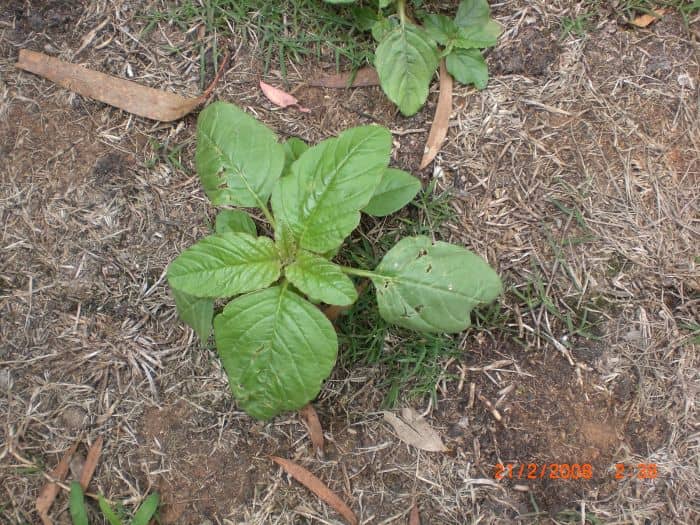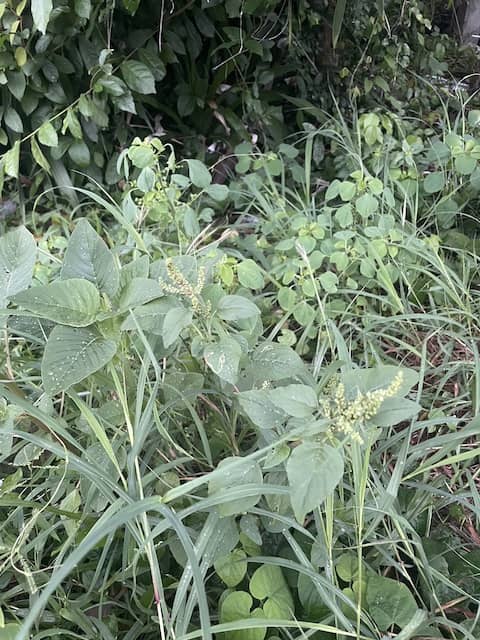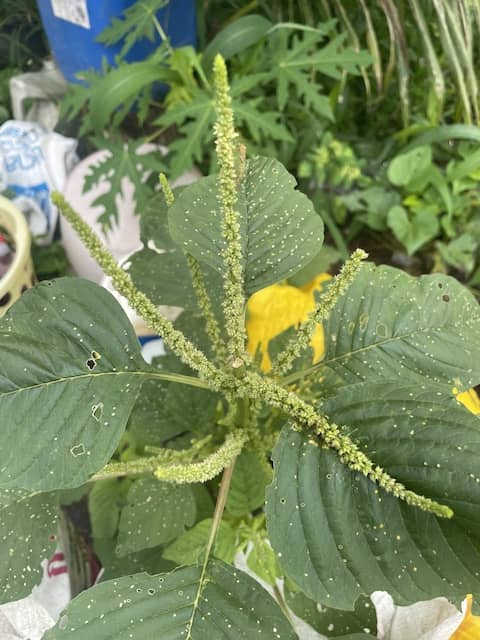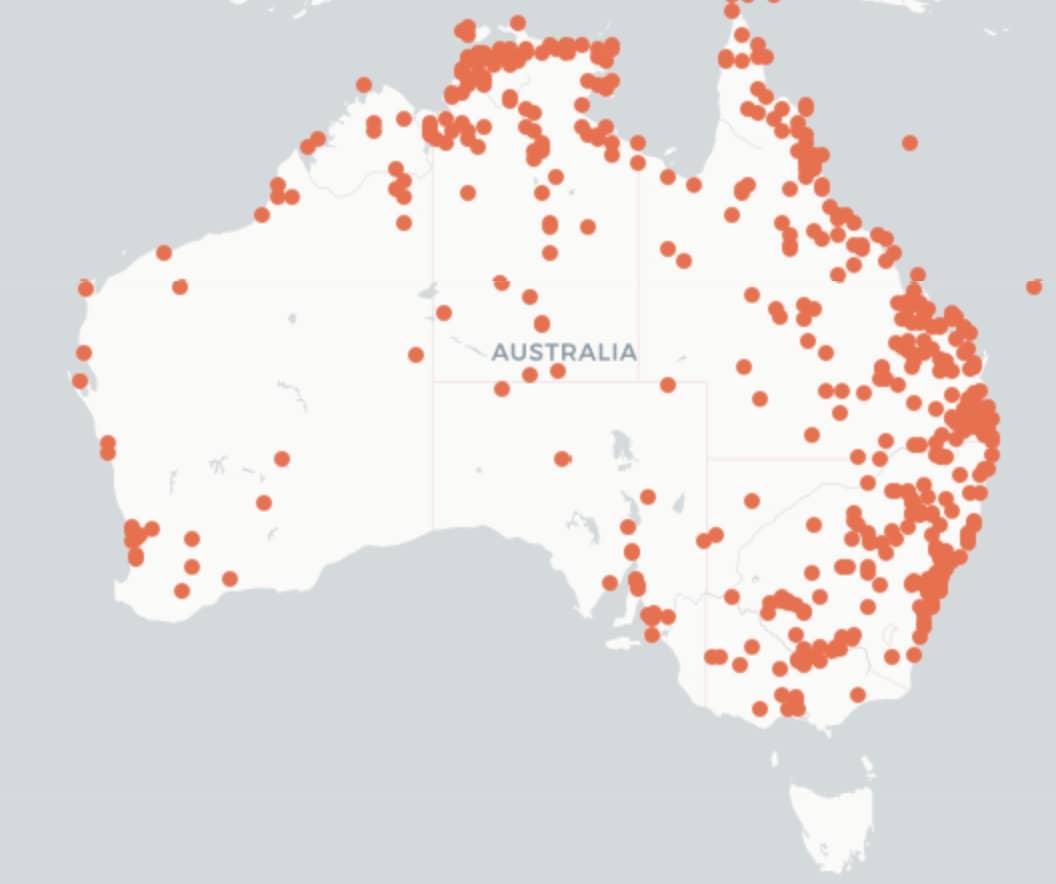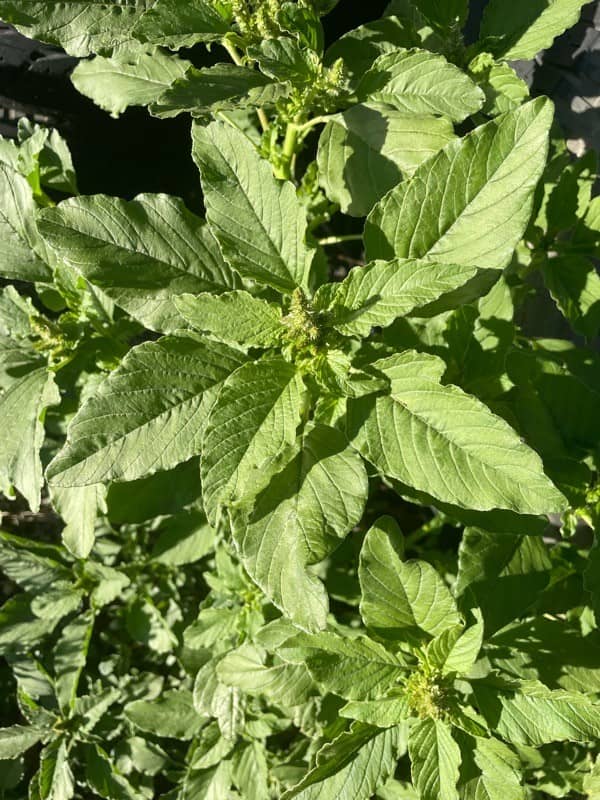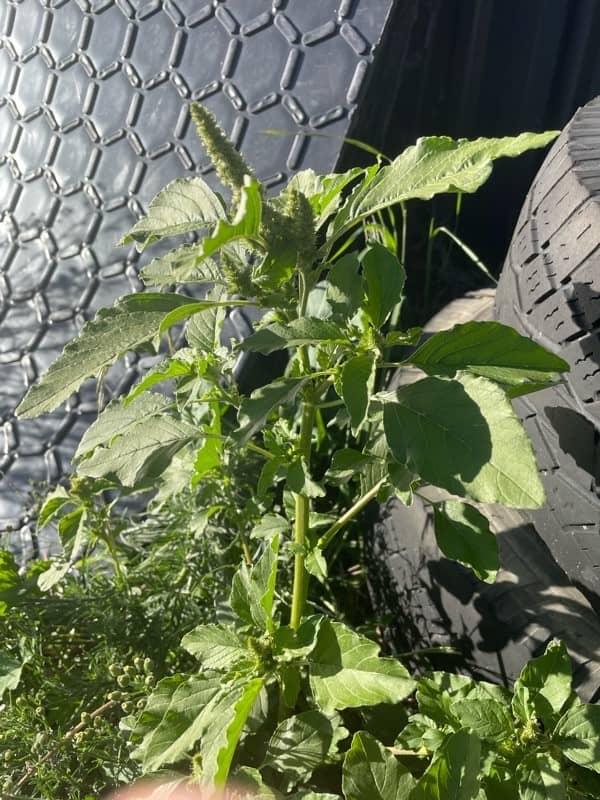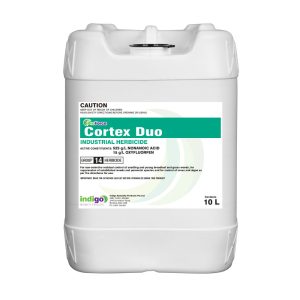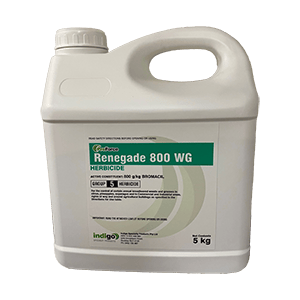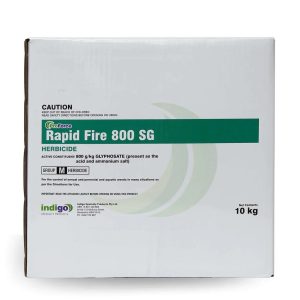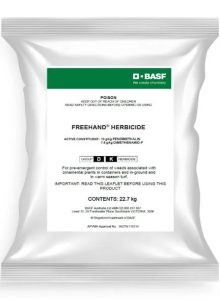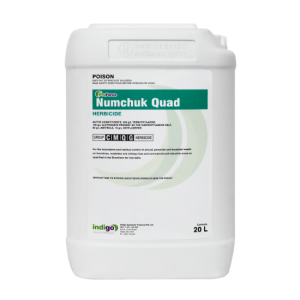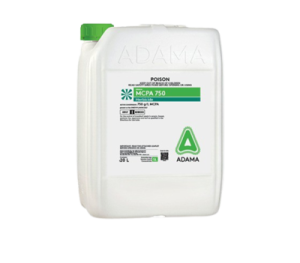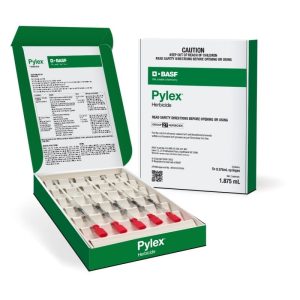Amaranth (Amaranthus sp).
Amaranth is a very invasive Summer annual weed. It germinates in the Spring and then flowers from the late Summer onwards. There are two common varieties in Australia and these are A.viridis (Green Pigweed) and A. retroflexus (Redroot Pigweed).
It survives Winter as seed, but in the topics and sub-tropics it tends to flower all year round. In these climatic zones it produces up to two generations a year.
Why is Amaranth a Problem Weed?
It is a problem weed because it is very competitive. This is because:
- It emerges early and grows rapidly.
- It can germinate in low light leves.
- Amaranth is a C4 weed. This means it thrive in heat and drought better than many other species.
- Redroot Pigweed has Allelopathic properties.
- It has a rapidly growing root system.
- It producers large numbers of seeds.
- The seed remains viable for a long time.
- In warm climates it grows all the year-round.
- There are only a few herbicides to manage this weed in turf.
- Amaranth is a cause of Summer allergies.
Redroot Pigweed.
- A hairy, annual herb that grows up to 1 m tall. The hairy stems are red towards their base.
- It has a red taproot.
- It contains toxic nitrates and oxalates in its roots and leaves.
- Cattle are at risk of nitrate poisoning if they eat large amounts of immature plant stems. It also causes kidney damage.
- You often find this weed in wet areas.
- Amaranthus retroflexus produces at least twice the root length of most other weeds in the first month of growth. This fast-growing root system allows it to quickly access soil moisture in comparison to other species.
- This weed is most common in new turf areas where grass is not very dense or competitive.
Green Pigweed.
- Amaranthus viridis is a short-lived herbaceous plant that grows to 1 m tall. Its leaves are light green, have no hairs and often have notches in their tips.
- Green pigweed is often mistaken for Redroot Pigweed but it does not have a red taproot.
The distribution map of Green Pigweed is courtesy of The Atlas of Living Australia.
How to Identify Amaranth.
Green Pigweed is found in all the mainland states of Australia. You only find Redroot Pigweed in the SE of Australia.
Category: It is a Broadleaf (Dicot) weed.
Photosynthetic Pathway: Amaranth is a C4 Weed.
Flower: It has green flowers, and there are male and female flowers on the same plant.
An easy way to identify this weed is the presence of slender, soft, green or brown spikes at ends of branches. The terminal spike tends to be 40 to 70 mm long, 5 mm in diameter and often has a red tinge.
Height: It is up to 70 cm tall.
Leaf length: The hairless leaves are alternate, have an egg shape, and have raised white veins on their underside. The leaves are 3 to 9 cm in length, and are a darker green on their upperside.
Leaf width: The leaves are 2 to 6 cm wide.
Amaranth Reproduction.
- This weed only reproduces by seed, and seeds need temperatures of 20ºC to germinate.
- It needs disturbed soils to germinate. It mainly emerges in the late Spring and early Summer, and then continues to germinate through the season.
- As the days shorten it tends to flower, and then seeds over a short period.
- Plants produce between 230,000 and 500,000 seeds, that remain viable for up to 40 years. However, most are not viable after 6 to 10 years.
- It takes 3 years to reduce the seedbank by 50%, and about 20 years for a 99% reduction.
- As the seed burial depth increases above 1 cm, seed dormancy increases.
- Seed spreads by wind, water, birds and livestock, and machinery. However, without any wind the seeds only tend to fall within 2 m of the parent plant.
Comments:
- It is able to germinate in low levels of light, and grows all year-round in warm climates.
- It has a primary root, and deep secondary fibrous roots.
- It is not tolerant of frost, but it is moderately drought tolerant.
Habitat:
- This is a weed of disturbed areas.
- It grows in a wide range of soils, but prefers moist soils.
- It is less suited to acidic soils.
For more information on weeds check out our weed ID Chart.
How to Control Amaranth.
You can manage this weed by cultural and chemical means. However, the best way to manage this weed is to adopt an integrated approach.
Cultural Control of Amaranth.
- Maintain a healthy, dense turf cover. This will reduce seedling emergence, flowering and seed set. Amaranth is not shade tolerant, so a thick turf cover limits the amount of light that reaches seedlings.
- Make the right grass selection in order to out compete this weed.
- Hand weeding works to manage this weed. However, it is only effective if the population is not too high or most of the plants are young. Once this weed matures control is much more difficult.
- Remove all flowering plants offsite, rather than leaving them on the ground. This ensures that no viable seed remains.
- Redroot Pigweed does not last in closely mown turf. However, it does establish in cool-season lawns when the mowing frequency is reduced due to high temperatures and minimal soil moisture.
Management Calendar for Amaranthus sp.
Management Calendar for Amaranthus | ||||||||||||
Summer annual | ||||||||||||
Jan | Feb | Mar | Apr | May | Jun | Jul | Aug | Sep | Oct | Nov | Dec | |
Germination | ||||||||||||
Flowering | ||||||||||||
Pre Emergent Herbicide | ||||||||||||
Post Emergent | successful until the 4-6 leaf stage | successful until the 4-6 leaf stage | ||||||||||
Chemical Control of Amaranth.
- In turf Pylex Herbicide is the only registered selective post emergent herbicide in Australia. In vegetable crops Metalochlor, Ethofumesate and Propyzamide are all labelled for this weed.
- Work in India on couch has shown that Metsulfuron at 5 g/Ha controls Green Pigweed.
The key to manage this weed is to reduce the seedbank. On this basis the pre-emergent herbicide BASF Freehand has a label for Amaranthus cruentus.
- Use herbicides at the early growth stage for the best results.
- Aim to use herbicides when this weed is small, and no greater than 5 cm in height or diameter.
- Ensure plants are actively growing for the best results.
- Best weed control occurs when the soil is wet to a depth of 5 to 7.5 cm within 4 weeks of use.
Non Selective Control of Amaranth.
- Glufosinate-ammonium provides control for 4 to 6 weeks, but it regrows due to the limited movement of glufosinate.
- Glyphosate. You can use Glyphosate but if water quality is an issue then use ProForce Manta Ray.
The following are non-selective but also have a long term residual and stop any re-growth.
- Renegade. Renegade stops seed from germinating for up to 12 months. This reduces the need for chemical applications.
- Numchuk Quad. This gives effective post and pre-emergent control for up to 12 months.
- Cortex Duo. Cortex Duo gives a rapid knockdown, and residual control for up to 3 months. It is also safe to use near trees.
Table of Non Selectives for Amaranth.
Product | Active Ingredient | Group | Use Rate/Ha |
Glufosinate 200 | Glufosinate-ammonium | 10 | 1 to 6 L |
Rapid Fire 800 | Glyphosate | 9 | 0.9 to 1.35 Kg |
Numchuk Quad | Terbuthylazine + Glyphosate + Amitrole Oxyfluorfen | 5 + 9 + 34 + 14 | 20 to 25 L |
Cortex Duo | Nonanoic Acid + Oxyfluorfen | 14 | 7 L/1000L |
Renegade | Bromacil | 5 | 3.5 to 6.5 Kg |

